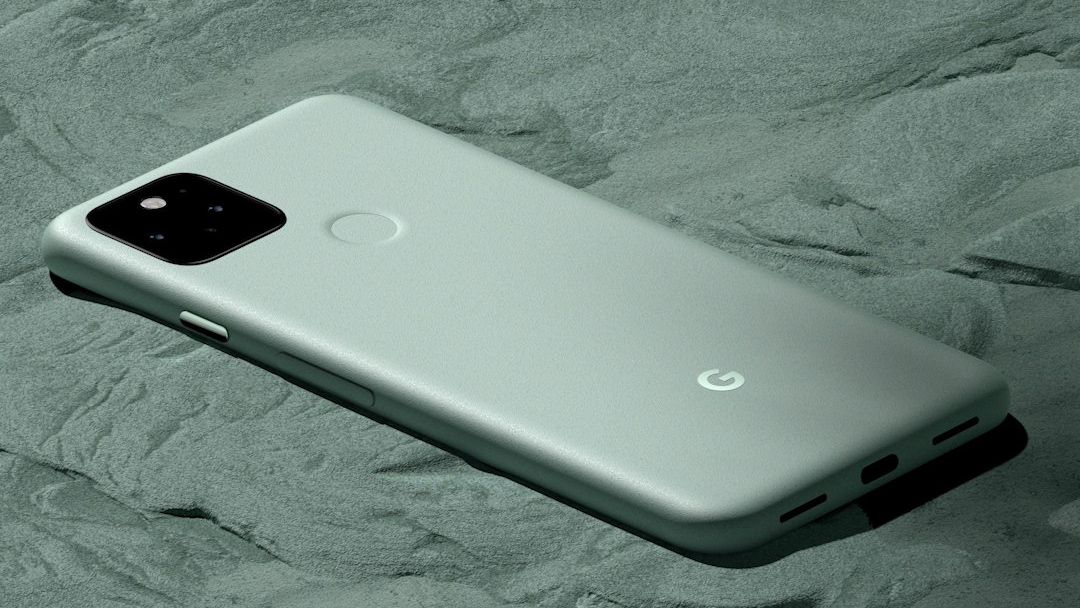Google dilutes Pixel 5 amid economic downturn
New budget handset will launch on 15 October with fewer features and a mid-range processor


Google has said that its new Pixel 5 smartphone has been built and priced with an economic downturn in mind.
The device was launched on Wednesday at a price of $699 (£599), considerably less than last year's $899 (£700) Pixel 4.
The drop in price is largely due to the device having far less processing power and fewer top end features. Instead, Google has focused on boosting other areas of the handset, such as the camera array, and pivoting the device towards the middle tier of the smartphone market.
This takes the Pixel away from the likes of the Samsung S20, the Huawei P40 and the next top end version of the iPhone that's due to launch soon.
Smartphone prices are often estimated early in development, allowing the manufacturer to account for the components it will need. In the case of the Pixel 5, that decision was taken before the pandemic took hold, but Google now believes that its original pricing model would be out of step with the current economic climate.
"What the world doesn't seem like it needs right now is another $1,000 phone," said Google's SVP of hardware Rick Osterloh. "Obviously nobody anticipated the pandemic, but we actually did think that the world was possibly headed for an economic downturn... and it only further emphasised our point of view that this is the right thing."
The Pixel 5 is fitted with the Snapdragon 765G, which is seen as a lower-end chipset compared to the Snapdragon 865 found in most of the rival handsets launched in 2020.
Get the ITPro daily newsletter
Sign up today and you will receive a free copy of our Future Focus 2025 report - the leading guidance on AI, cybersecurity and other IT challenges as per 700+ senior executives
While the 865 gives a device a better overall performance, the 765G has an integrated modem that is better equipped for 5G tasks. It is also worth noting that most smartphones have more processing power than the average user needs and the presence of a lower-end chipset isn't necessarily going to be noticeable from a user perspective.
The Pixel 5 has also dialed back on newer technology, most notably Soli, the firm's motion sensor feature. In our review of the Pixel 4, we found very little use for Soli's gesture controls and found it no faster than using the phone's touchscreen.
The Pixel 5 is slated for release in the UK on 15 October and will come with 6in full HD 90Hz display, 12MP and 16MP cameras, 8GB of RAM and 128GB of storage.
Bobby Hellard is ITPro's Reviews Editor and has worked on CloudPro and ChannelPro since 2018. In his time at ITPro, Bobby has covered stories for all the major technology companies, such as Apple, Microsoft, Amazon and Facebook, and regularly attends industry-leading events such as AWS Re:Invent and Google Cloud Next.
Bobby mainly covers hardware reviews, but you will also recognize him as the face of many of our video reviews of laptops and smartphones.
-
 Cleo attack victim list grows as Hertz confirms customer data stolen
Cleo attack victim list grows as Hertz confirms customer data stolenNews Hertz has confirmed it suffered a data breach as a result of the Cleo zero-day vulnerability in late 2024, with the car rental giant warning that customer data was stolen.
By Ross Kelly
-
 Lateral moves in tech: Why leaders should support employee mobility
Lateral moves in tech: Why leaders should support employee mobilityIn-depth Encouraging staff to switch roles can have long-term benefits for skills in the tech sector
By Keri Allan